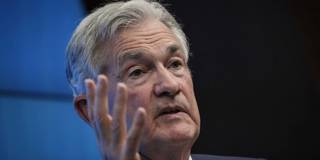
Why Have Inflation Forecasts Been So Wrong?
To explain why forecasters at the US Federal Reserve and other major institutions missed the mark on inflation in recent years, it is tempting to conclude that they were blindsided by unpredictably large shocks. But if the prevailing models work only when variables are relatively stable, they are of little use.
NEW YORK – Last year, following the Great Inflation of 2021-22, central banks, leading academics, and international institutions issued a smattering of post-mortems. Yet even before the ink was dry on their analyses, inflation forecasts were being revised down almost as fast as they had been revised up during the two preceding years.